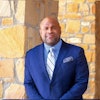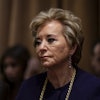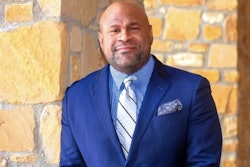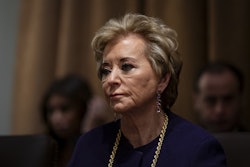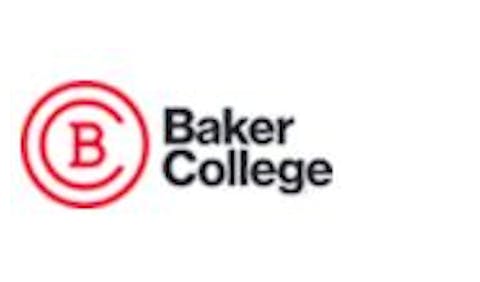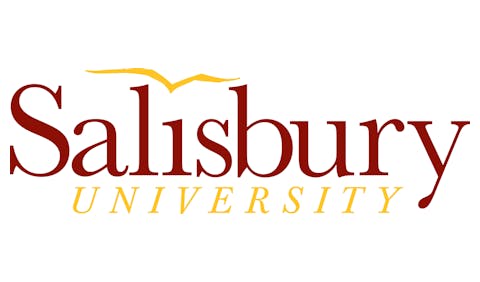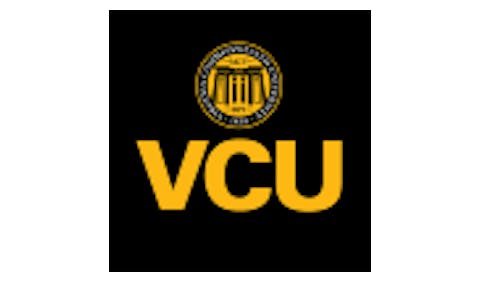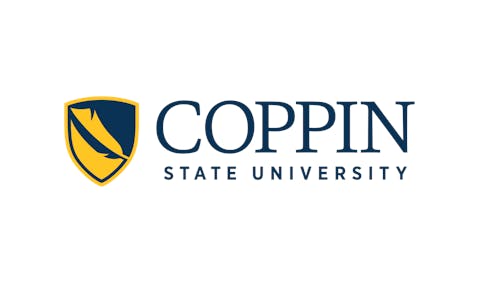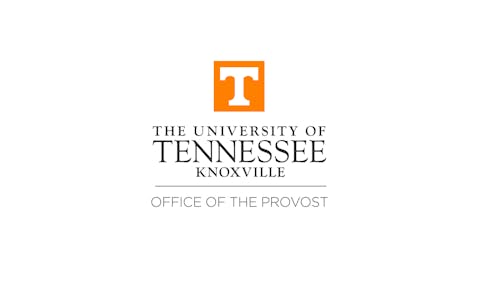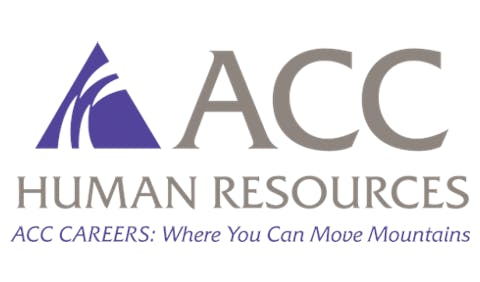
The letters, sent under the authority of Title VI of the Civil Rights Act, warn institutions of potential enforcement actions if they don't adequately protect Jewish students on campus. This development comes in the wake of the Department's recent decision to cancel $400 million in federal grants and contracts to Columbia University, citing the institution's alleged failure to address antisemitism.
The list of institutions receiving warning letters reads like a who's who of American higher education, including prestigious Ivy League schools such as Harvard, Yale, Princeton, and Columbia; major public universities like the University of California Berkeley, University of Michigan, and Ohio State University; and smaller liberal arts institutions including Swarthmore College and Middlebury College.
The Department's actions follow President Trump's Executive Order on "Additional Measures to Combat Antisemitism," which has expanded the interpretation of Title VI to include shared Jewish ancestry. Critics argue this expanded definition blurs the line between protecting students from discrimination and potentially restricting legitimate political speech critical of Israeli government policies.
The Department's action affects an array of institutional types across the country, from large research universities like Northwestern University and Stanford University to regional institutions such as Eastern Washington University and Santa Monica College. The inclusion of such a diverse set of schools raises questions about whether the Department is applying a one-size-fits-all approach to situations that may differ dramatically in context and severity.
Campus administrators find themselves in a precarious position, attempting to balance their legal obligations under Title VI with their commitment to free expression and academic inquiry. Many university leaders have expressed concern privately about the chilling effect these investigations might have on campus dialogue.
The wide net cast by the Department raises questions about whether the approach adequately distinguishes between systemic institutional failures and isolated incidents.
Critics of the Department's approach question whether these enforcement actions are being applied consistently across all forms of discrimination and harassment, or if there are particular political motivations behind this specific focus. Some observers note that the timing and scale of these actions suggest a shift in federal priorities that may not be equally attentive to other forms of campus discrimination.
The Department of Education's statement expresses disappointment that "Jewish students studying on elite U.S. campuses continue to fear for their safety," but critics note that the statement makes little mention of the broader context of campus tensions or how universities should navigate complex sociopolitical disputes while maintaining their educational missions.
Secretary of Education Linda McMahon's statement that federal support "is a privilege and it is contingent on scrupulous adherence to federal antidiscrimination laws" has raised eyebrows among some higher education leaders who worry about increased federal leverage over institutional autonomy.
As universities grapple with these warning letters, many education experts are calling for a more nuanced approach that protects students from harassment while preserving the essential role of higher education institutions as forums for challenging dialogue and diverse perspectives.
For now, these 60 institutions must walk a tightrope between responding to federal pressure and maintaining their commitment to academic freedom—a balance that will likely shape campus discourse under the Trump administration.


